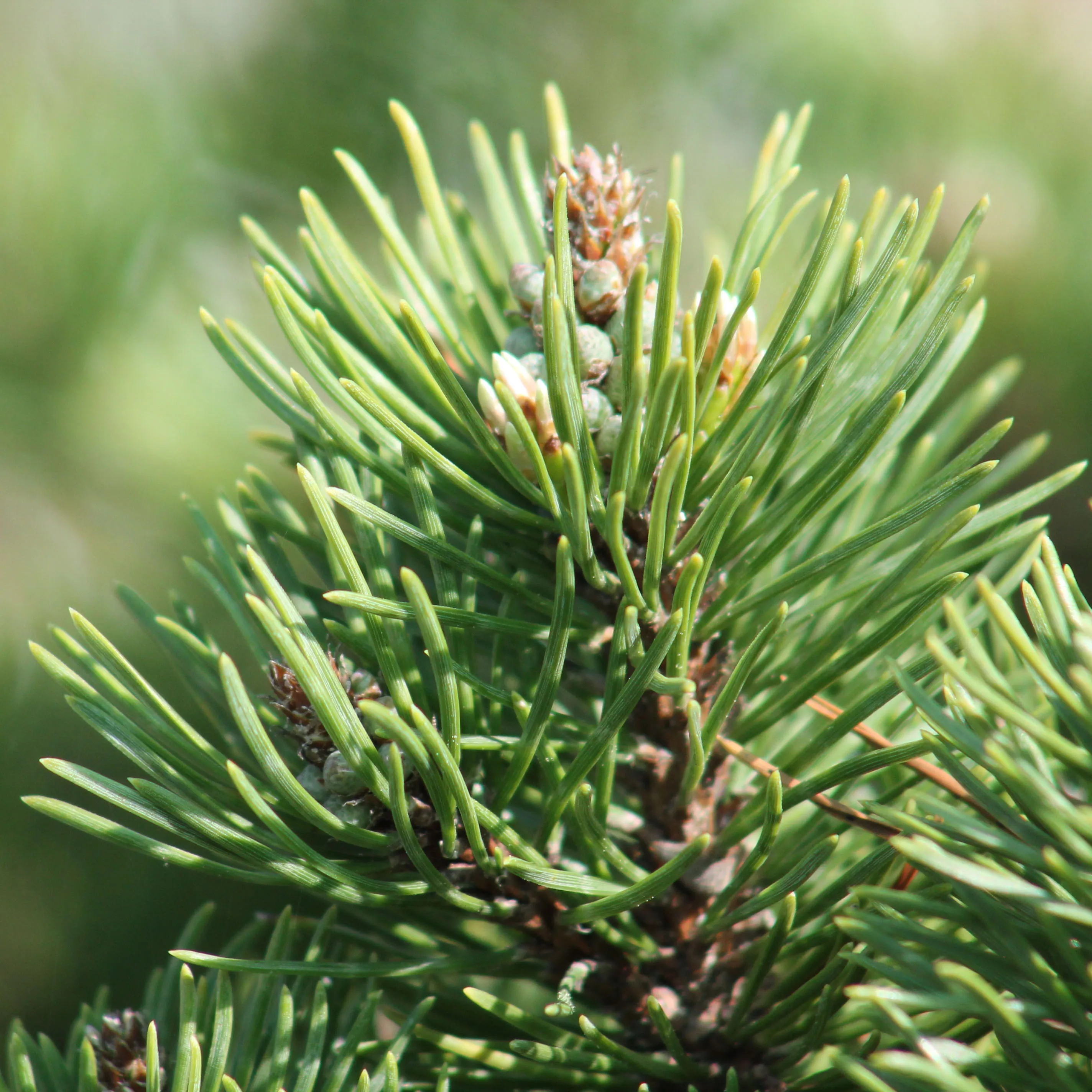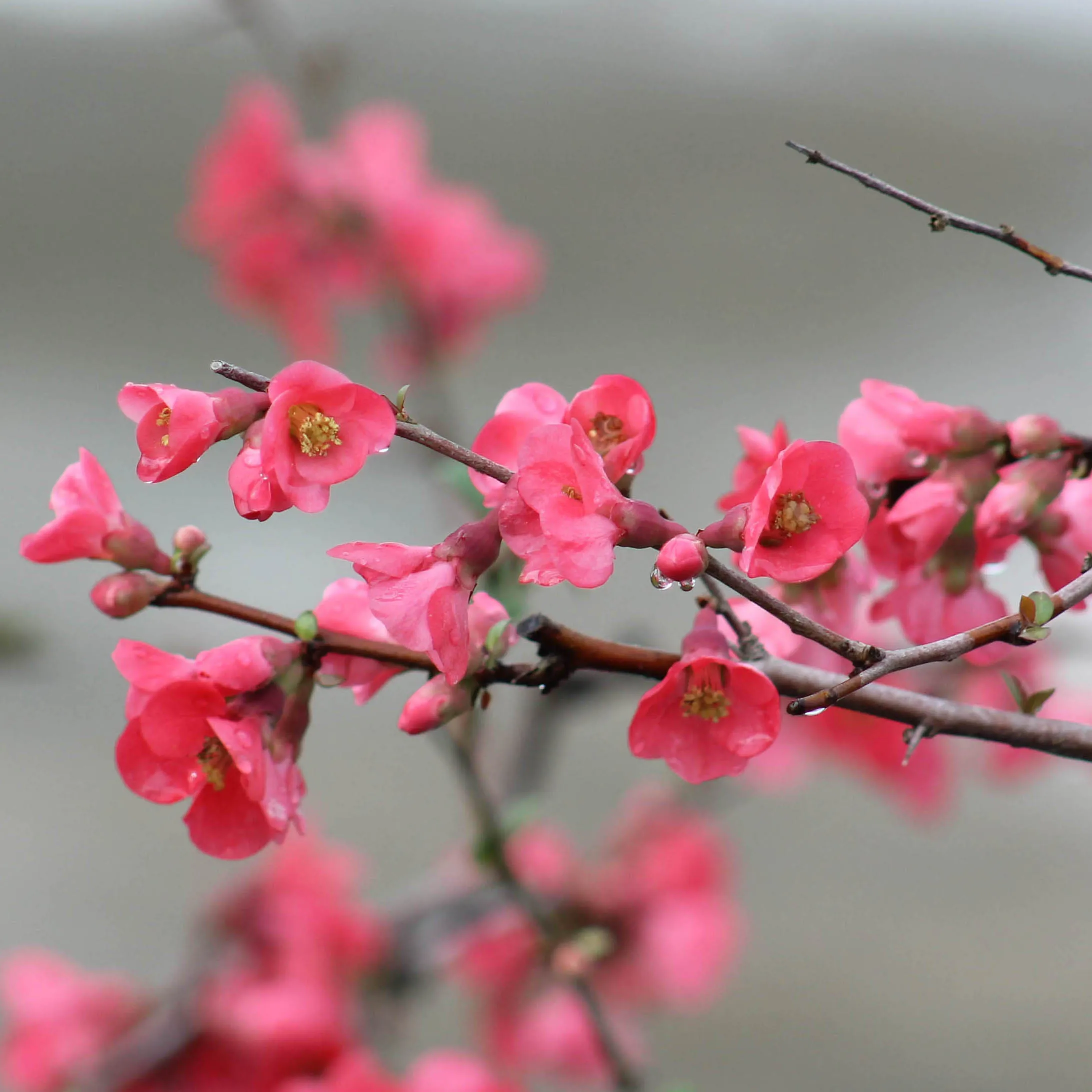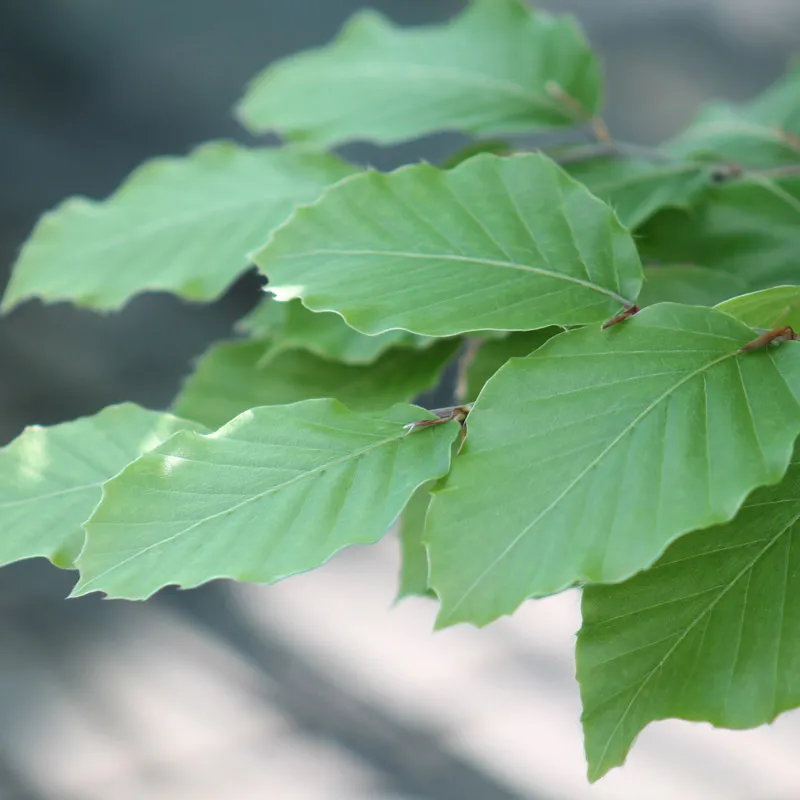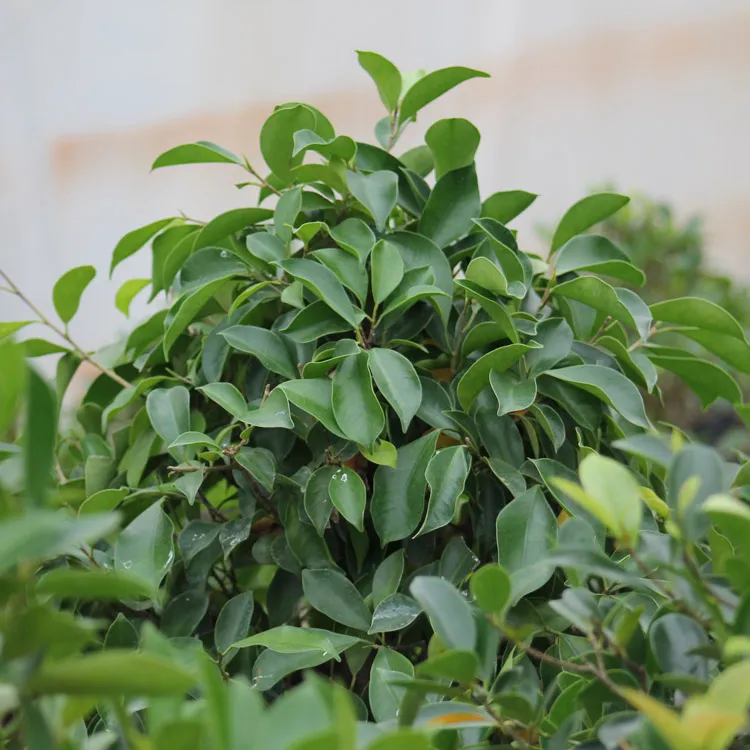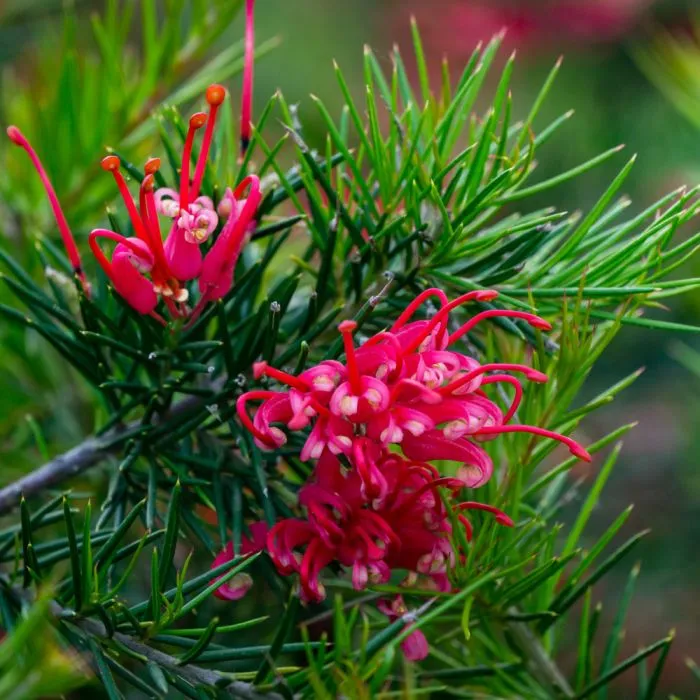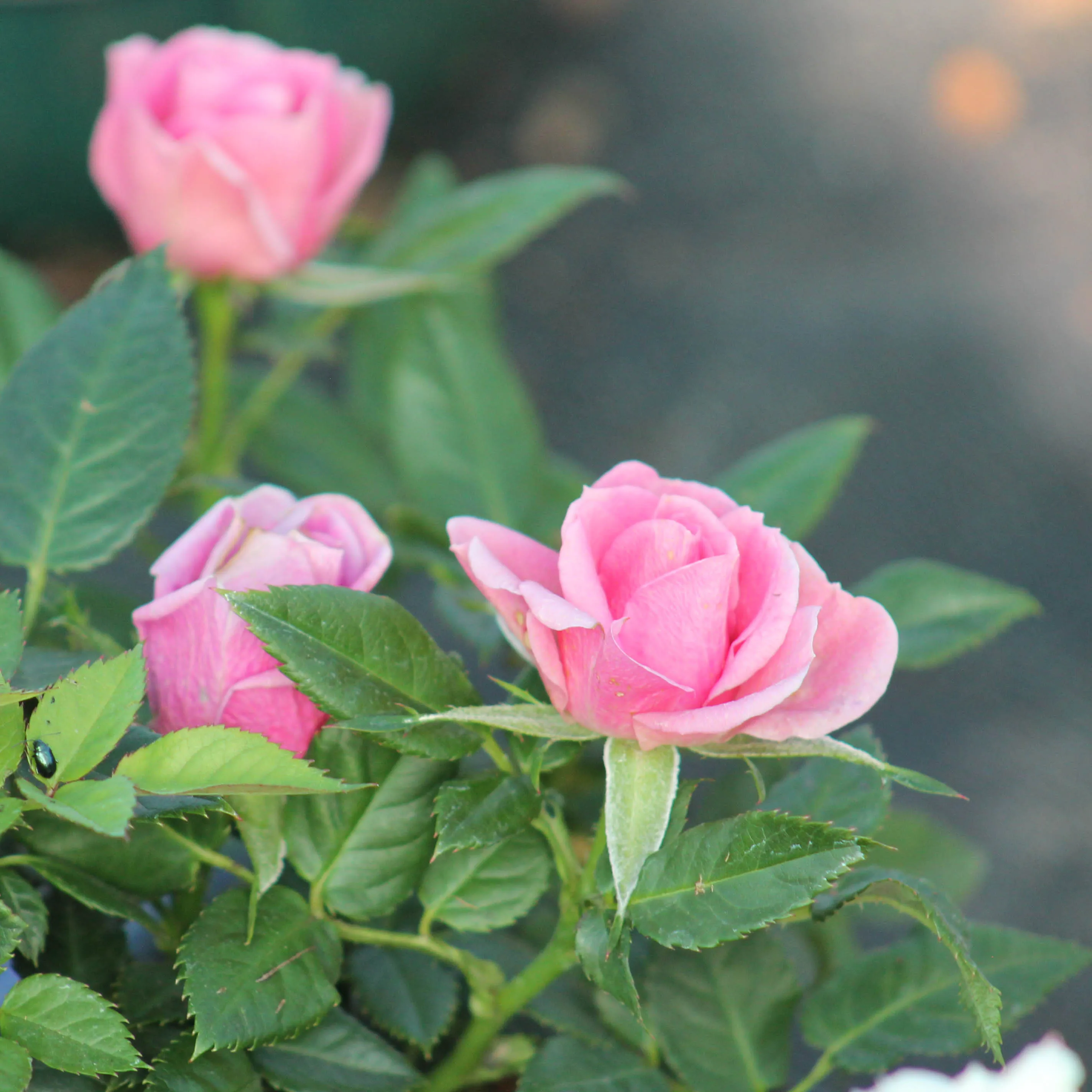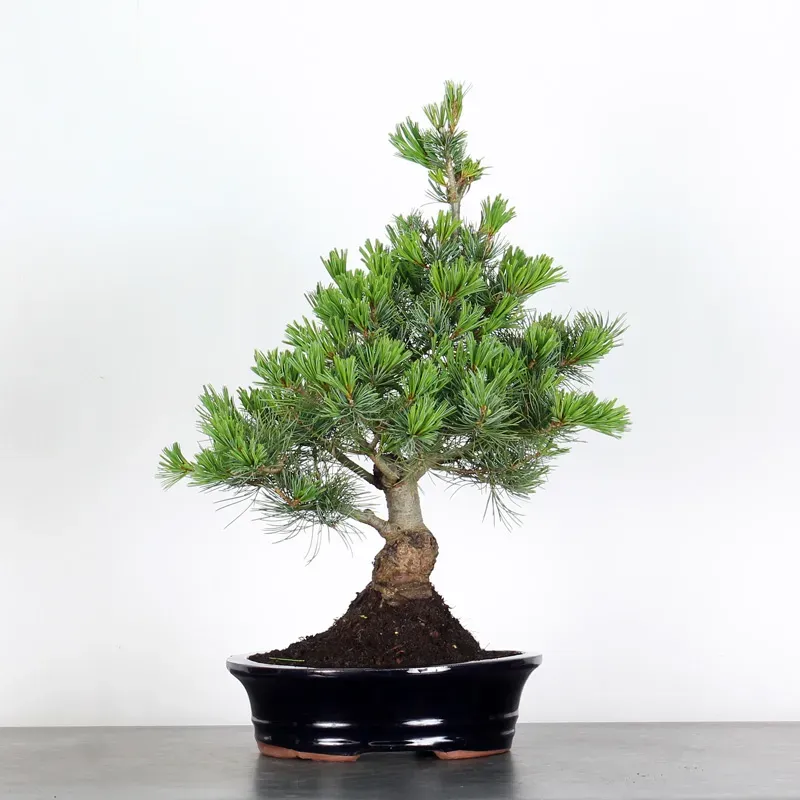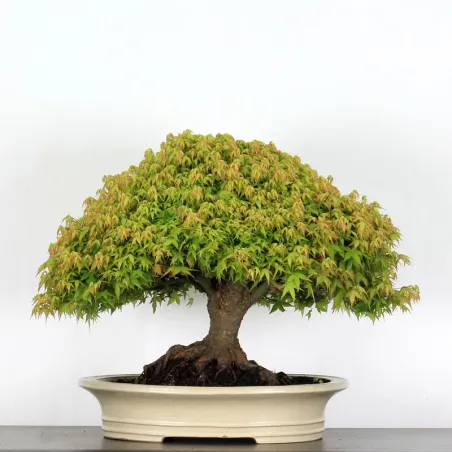Outdoors all year round, in full sun, the Japanese pine needs a lot of sun. Its ease of adaptation and robustness allow it to withstand extreme cold and heat.
Bloc lien header
 English
en
English
en
Bonsai
Japanese white pine “pentaphylla” 2-5
Data sheet
Year-round outdoor bonsai
The Japanese pine, Pinus Pentaphylla, is an emblematic variety of conifer in bonsai, its needles are sheathed in fives, green/blue colors, it is a high mountain tree and slow growing, it is grafted on maritime pine.
- Photos taken in june 2025
- Grafted onto black pine
Waist
55 cm
Location
Outside
Age
15 years
Foliage
Persistent
More information
ETHYMOLOGY: From the first name in Latin "pinus", from the Greek "pitus" and its origin "pix-cis", meaning resin; and 'penta' five, 'phylla' leaf.
Share
Cultivation Advice

 Production of French Bonsai
Production of French Bonsai











